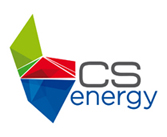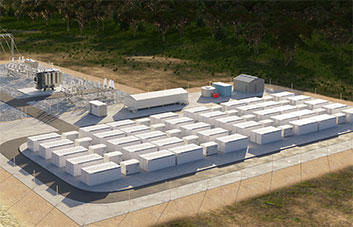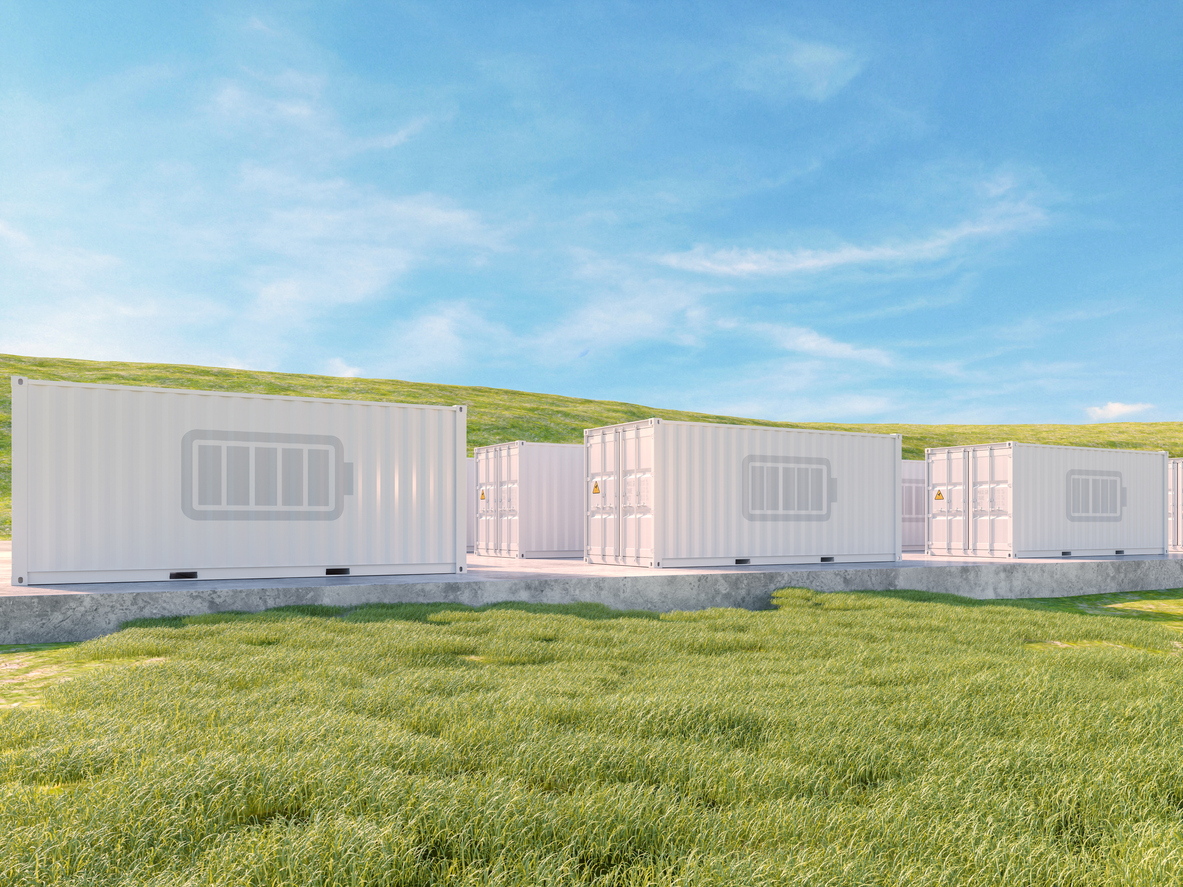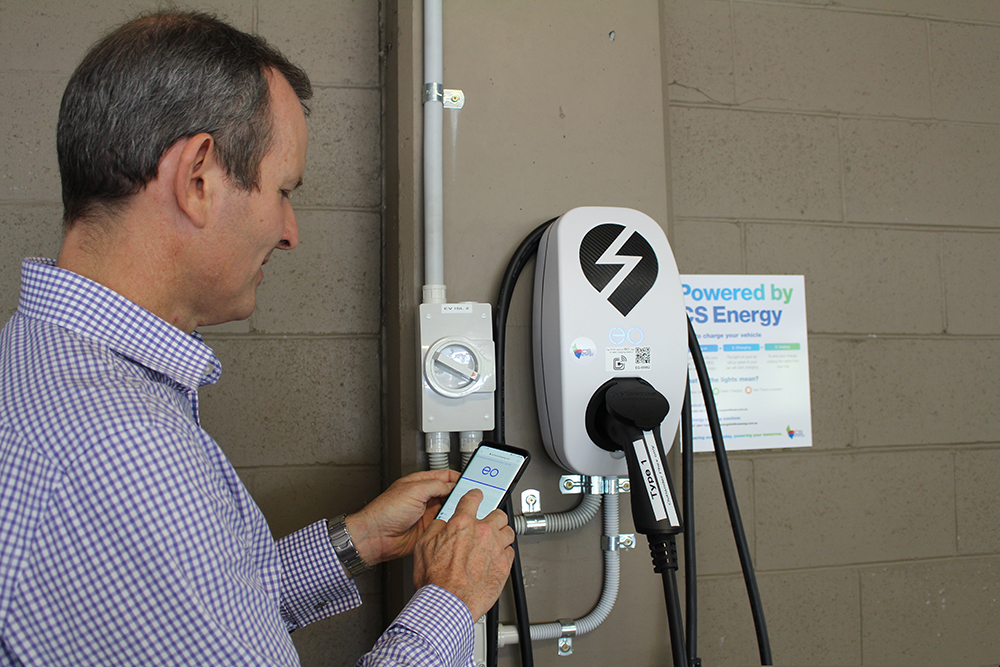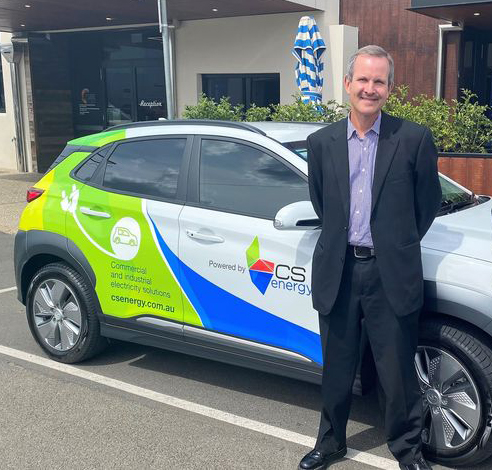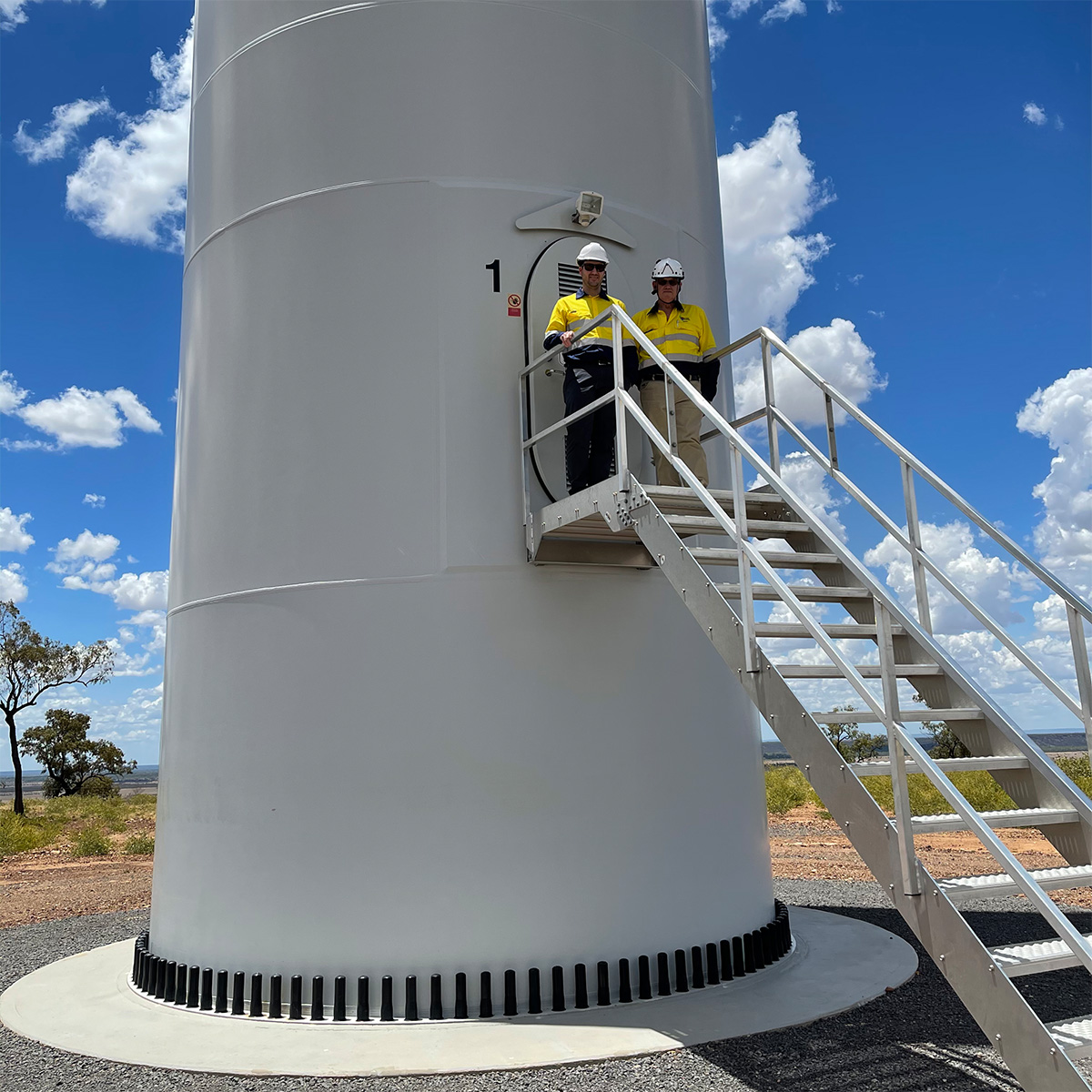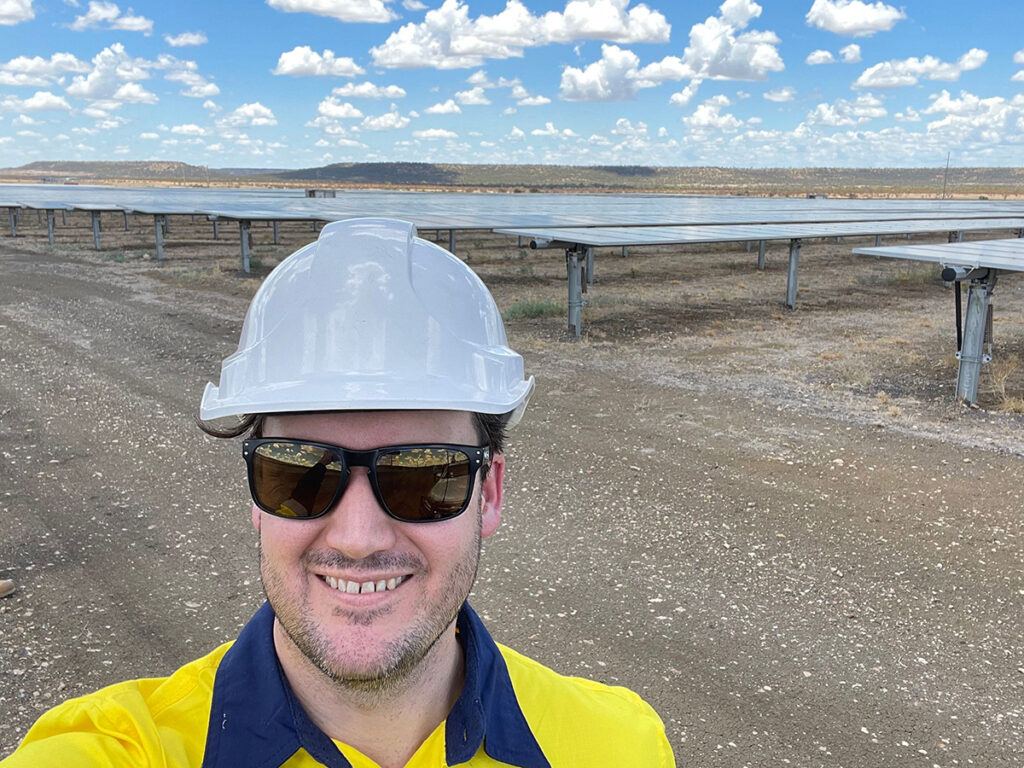A Memorandum of Understanding (MoU) has been signed with CS Energy and the Bowen Renewable Energy Hub.
This MoU is for the PHES (Pumped Hydro Energy Storage) component of the project.
PHES works by cycling water between an upper and lower reservoir. During low electricity demand periods, water is pumped from a lower dam to a higher one, where it is stored as potential energy until it is needed. The water is then released later when demand is high to power a turbine to produce electricity. In this way it works like a giant rechargeable battery.
PHES can produce large amounts of electricity over a long duration so can provide reliable and dispatchable generation.
The Bowen Renewable Hub (located in the Mackay hinterland, on Widi Country) is a 1.4 gigawatt integrated renewable and energy storage project that is being developed by Bowen River Utilities and Renewable Energy Partners.
CS Energy is considering multiple options for participating in the PHES component, including a power purchase agreement, equity funding and project operations.
Stage 1 is expected to be online by 2028 and has been designed to deliver 750MW and 16hrs of storage (12,000MWh).
By 2033, Stage 2 is expected to be online and delivering an additional 12,000MWh of storage.
This exciting project demonstrates how CS Energy continues to diversify our portfolio to ensure a balanced mix of energy sources to support our customers’ requirements and Queensland’s energy needs.
Watch this video below to learn more about the project.
